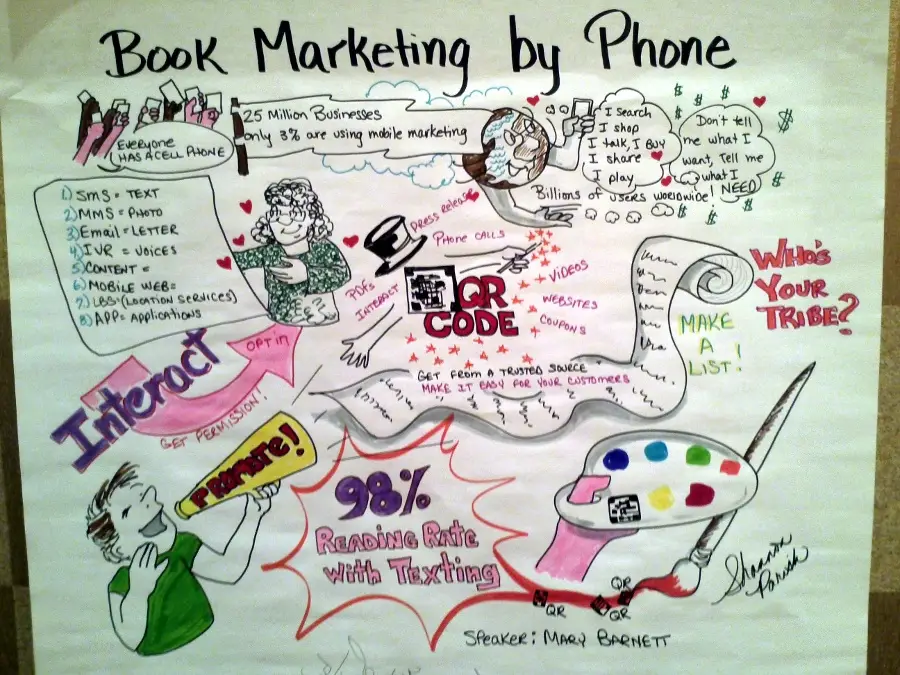Have you ever talked to someone on the phone who you have never met, and while you are speaking, you visualize what they might look like?
How tall are they? What race are they? What part of the country did they come from? Are they intelligent or dull in understanding or … are they blonde? Brunette? Redhead?

Visualizations and judgments float through our heads in an ever-flowing stream. At the same time, we conduct business and discuss matters at hand without us even being aware of it of the formulating perceptions. We visualize everything that we hear by what we are already familiar with. Where we were brought up, what culture we were in, what language we speak. We interpret and apply the knowledge based upon what we know and have experienced, to the words that are being spoken.
When a speaker, teacher or facilitator gives information to a group of people, they run the very real risk of being misunderstood and later, when misrepresented by what the audience member heard – not what was said.
Working with a graphic recorder gives you the upper hand in formulating the perceptions and understanding of your audience members with the visuals that you want applied to your message. Speaking with your graphic artist before your workshop, seminar or speech will help both of you get on the same page so that the artist will understand what your expectations are.
Graphic recording is a very powerful tool. A graphic recorder draws in real time while the speaker is speaking. Audience members watch the artwork formulating instantly on screen, or on paper and their own visualizations take a back seat with new understanding about what is actually being said and how each piece fits in the whole picture.
If you like living dangerously and love surprises, you can trust your graphic recorder to draw instantly what you are saying – and then later identify key points or even misunderstandings if something strikingly different was portrayed. Most of the speakers I work with actually like this approach better because they are constantly amazed at the volume of information they deliver without even thinking about it – not just what was in their notes.
This new perspective and vital tool helps not only your audience members to comprehend and remember what was spoken … and recall it in detail later … it helps you to understand as a speaker, your own clarity and articulation of the information you delivered.
Attendees can snap pictures of the artwork for later reference. In my case, the artwork goes home with the speaker or the sponsoring organization who hired the speaker. The benefit is that both will certainly have a digital copy to share or use on websites, in employee communications or on marketing materials.


